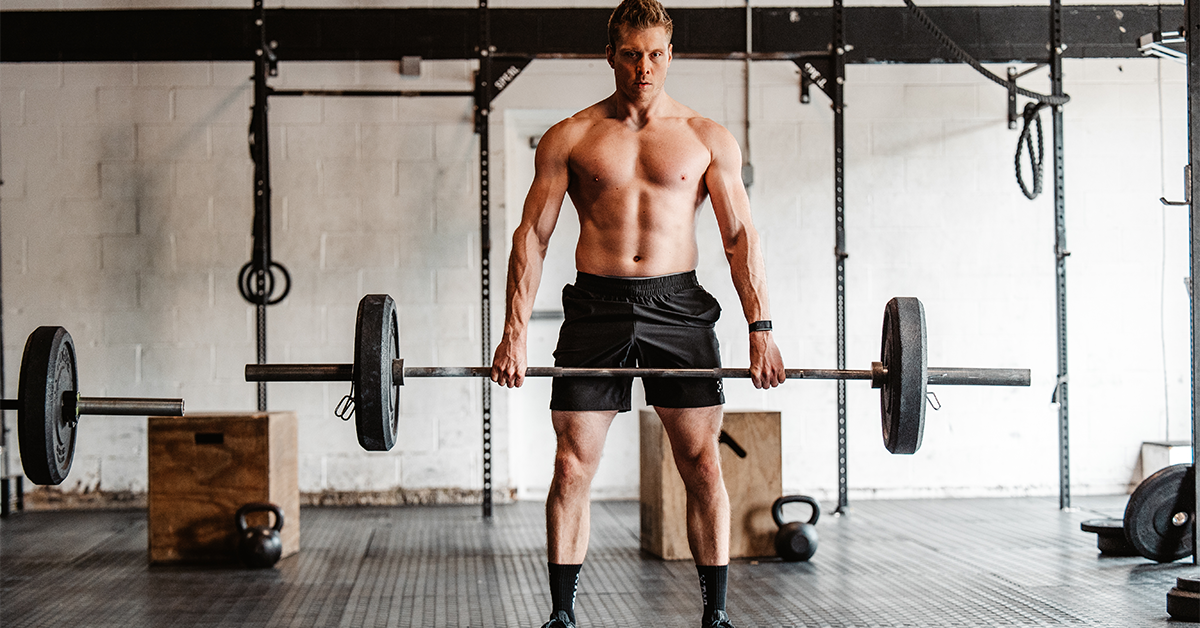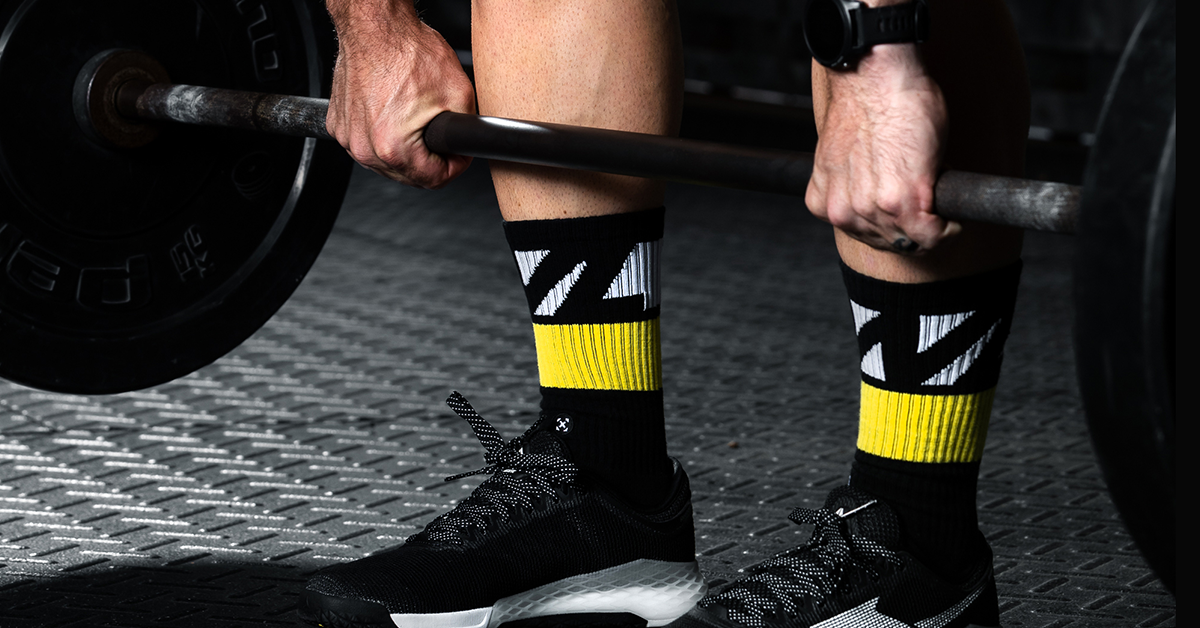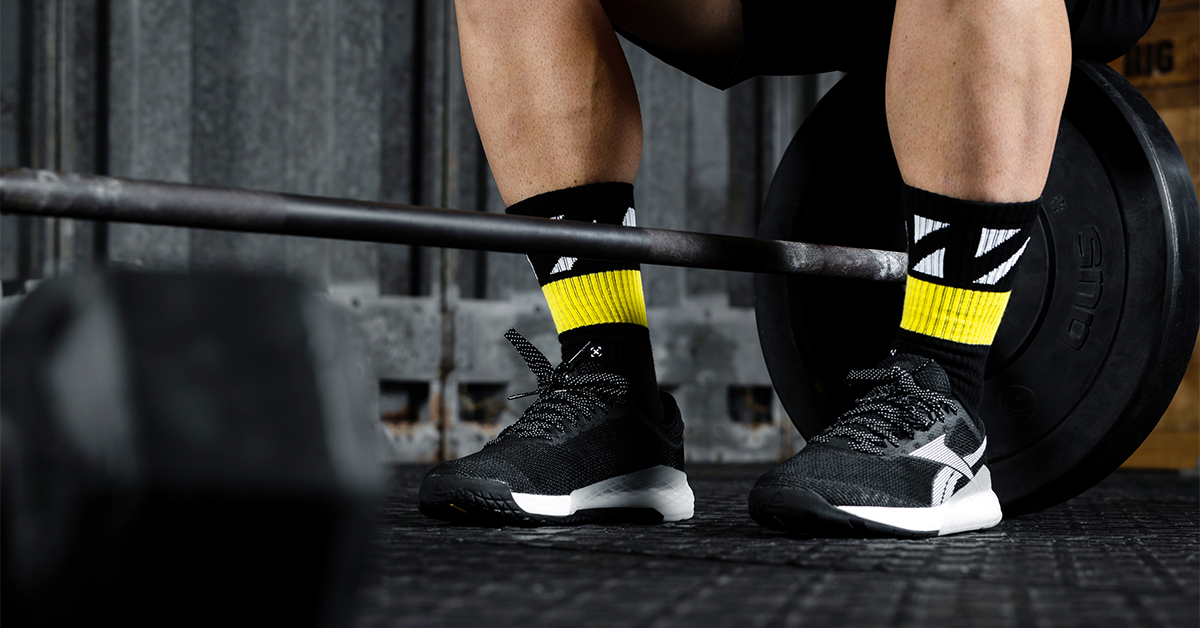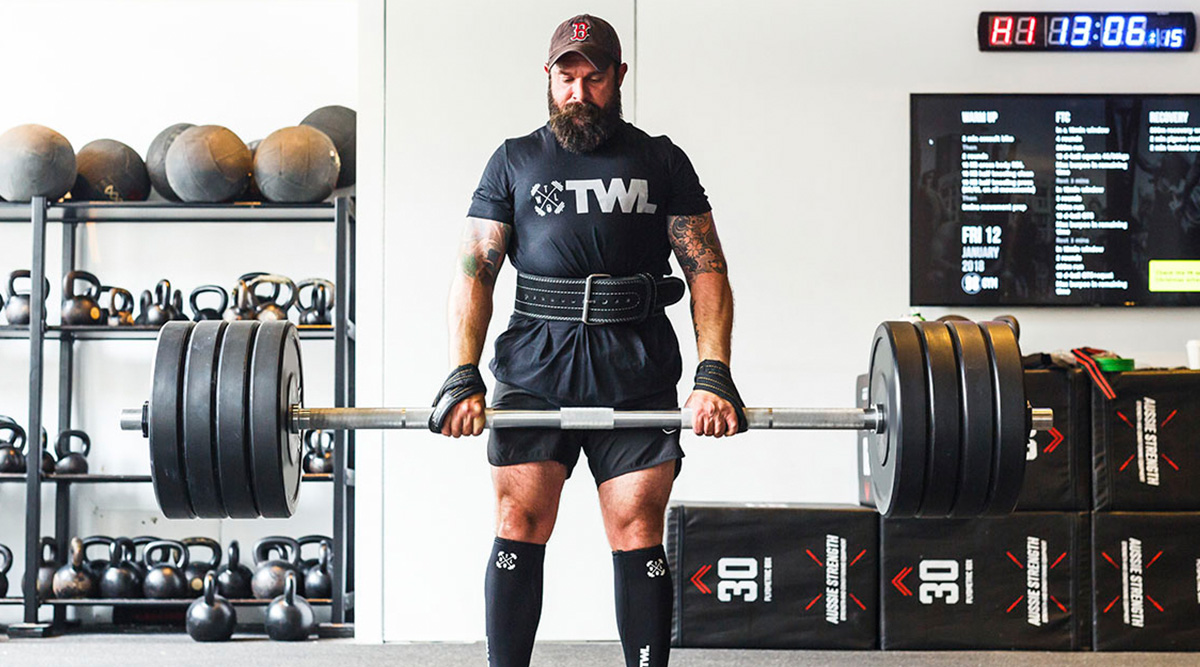The deadlift is a pillar of weightlifting and one of the most popular exercises in the sport. But while there is a “regular” or conventional deadlift, there are also variations that target specific muscle groups that are underutilized in the standard version. The stiff leg deadlift is one such variation.
What is a Stiff Leg Deadlift?
The stiff leg deadlift, which is also referred to as the straight leg deadlift, is a variation of the conventional or “regular” deadlift. It focuses on strengthening the muscles in the back of the body, including the calves, lats, glutes, and hamstrings. This group of muscles is called the posterior chain, which is an essential muscle group for athletic strength and power.
The stiff leg deadlift also isolates movement and integrates hip flexion and extension, which contributes to force production. This exercise entails having good mobility without excessively rounding the back, but it can be done with variations to improve the range of motion.
Shop Now
How Do You Do a Stiff Leg Deadlift?
If you’re looking to change up your training regimen by trying a variation of the typical deadlift, these are the critical steps and tips you need to be mindful of.
- Start by picking out your preferred weights. The stiff leg deadlift can be done with a loaded barbell, dumbbells, or even kettlebells. Ideally, choose a weight that you can handle comfortably for 2-3 sets of 8-12 reps. (When in doubt, start light and work your way up.)
- Stand tall with your feet planted at shoulder-width distance. Maintain a neutral head and neck, with your chin tucked in throughout the exercise. Hold the barbell in front of you, with your palms facing you. The rep begins from a standing position!
- Hinge forward from the hips, keeping a soft bend in your knees (operative word is *soft*) and your back straight. Keep folding at the hips until the weight is mid-shin or anywhere below your knees, depending on your flexibility. Be mindful that you keep the weight close to the body as you lower it to the floor. You should feel the tension build in your hamstrings and glutes.
- Slowly extend back to a standing position, keeping the spine neutral. As your hips move forward and your torso realigns, keep your arms relaxed and extended. Squeeze your glutes when you get to the top.
Note that each rep should be done slowly and carefully. Avoid quick, jerky movements. Resist the urge to let momentum move you, as that will reduce muscle engagement and potentially lead to injury if you lose control.
If you’re new to doing stiff leg deadlifts, it’s advisable to start with lighter weights and gradually increase once you’ve nailed the correct form.
The Romanian Deadlift Vs. Stiff Leg Deadlift
There’s often some confusion around the differences between the stiff leg deadlift and the Romanian deadlift because both variants focus on the lower back, glutes, and hamstrings. They both also entail a firm back. But the two have a subtle difference in terms of knee flexion. The Romanian deadlift entails that the knees are fixed in a slight bend throughout the move. This allows for a wider range of motion and shifts the impact away from the lower back and hamstrings.
In a stiff leg deadlift, the knees start straight and are only allowed a soft bend when you start hinging forward to work the hamstrings and lower back.
With such a minimal difference, how do you know which one to perform? It depends on what your training objective is. The Romanian deadlift is especially beneficial for those who want to target their legs or those who are training for weightlifting competitions and need to perfect their pull for Olympic lifts such as the clean and snatch.
The Conventional Deadlift Vs. Stiff Leg Deadlift
Similarly, a big difference between the two deadlift versions is in the allowed flexibility in the knees. As the name suggested, the stiff leg deadlift entails that the knees are kept rigid, particularly in the beginning. But you can have a soft bend when you hinge forward to work on your posterior muscle group instead of the quads.
On the other hand, the conventional deadlift allows you to bend your knees as needed to reach the barbell with your grip.
Additionally, the two versions differ in terms of the starting position. The stiff leg deadlift begins with the lifter already holding the dumbbells or loaded barbell at waist level. But the conventional deadlift starts with the lifter bending to pick up the weights from the floor.
What Muscles Do the Stiff Leg Deadlift Work?
Because of the restricted knee flexion, the stiff leg deadlift isolates and strengthens the muscles at the back of the body. It primarily works the glutes, lower back, and hamstrings, but secondarily impacts the forearms, calves, and quads. While the stiff leg deadlift focuses on the lower back, it may also impact the upper back as these muscles work to maintain stability and proper form.
3 Stiff Leg Deadlift Benefits
Aside from working the posterior chain, there are added advantages to integrating the stiff leg deadlift into your training regimen:
- It improves your performance of conventional deadlifts: Straight leg deadlifts work on similar primary muscle groups and follow the same movement pattern as a conventional deadlift. Plus, the stiff leg deadlift focuses on strengthening and mobilizing the posterior chain, which is essential for heavy deadlifts but is commonly underutilized and undertrained.
- It’s easy on the knees: Stiff leg deadlifts put pressure on the lower back, glutes, and hamstrings, so it eases the load off the knees. This move is good for those who have aching knees or are looking to build upper body strength without stressing the knees.
- It’s versatile and adaptable: Stiff leg deadlifts can be executed in different ways. You can choose between a loaded barbell or a pair of dumbbells to boost your range of motion and even out any muscular imbalances on the two sides of the body. You can also do a stiff single-leg deadlift, which is also great for detecting and correcting one-sided imbalances.
Ready to give it a shot? You’ll need weight and possibly a belt, knee sleeves, and grips! For all your weightlifting and training needs, check out The WOD Life today.
















